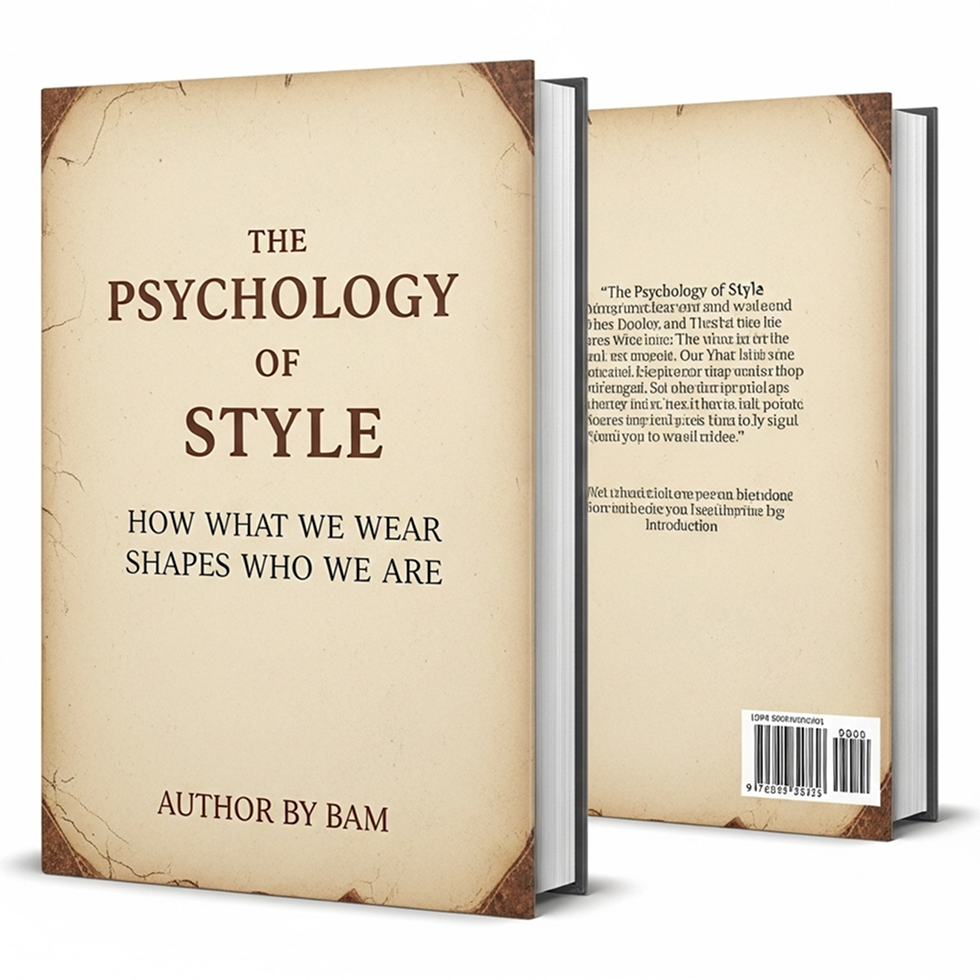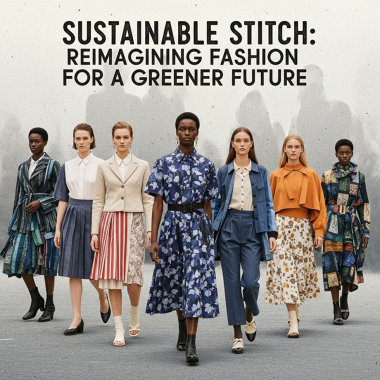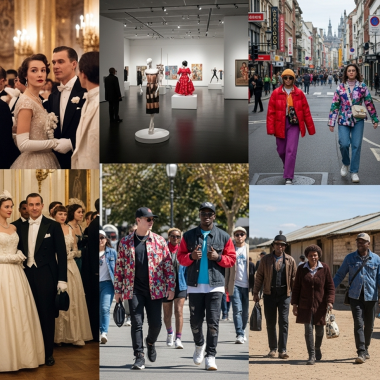Fashion is often perceived as a superficial pursuit, a realm of fleeting trends and vanity. However, to relegate it solely to this category is to overlook its profound psychological impact. What we choose to wear, and how we present ourselves through clothing, is far more than a practical necessity; it’s a powerful psychological tool that shapes our identity, influences our mood, impacts our perceptions of others, and even alters our cognitive performance. The psychology of style delves into this intricate relationship, revealing how our wardrobes are deeply intertwined with our inner lives.
One of the most evident psychological functions of clothing is its role in identity formation and expression. From a young age, we begin to experiment with clothes as a way to define ourselves and signal our affiliations. Whether it’s the uniform of a sports team, the distinctive attire of a subculture, or the carefully curated wardrobe of a professional, what we wear communicates who we are, what groups we belong to, and what values we hold. Clothing acts as a visual shorthand, conveying aspects of our personality, social status, and aspirations to the world around us. It allows us to project an image, to tell a story about ourselves without uttering a single word. This self-expression isn’t static; our style evolves as we grow, reflecting changes in our identity, experiences, and self-perception.
Beyond outward expression, clothing also profoundly influences our mood and self-perception. This phenomenon, often dubbed “enclothed cognition,” suggests that the clothes we wear can literally change the way we think and feel. Studies have shown that wearing certain garments can impact our confidence, focus, and even our problem-solving abilities. For instance, putting on a sharp suit might make someone feel more authoritative and competent, leading to improved performance in a professional setting. Conversely, donning comfortable loungewear might promote relaxation and creativity. This isn’t just about feeling “dressed up”; it’s about the symbolic meaning we associate with different types of clothing and how those meanings are internalized and affect our behavior. When we feel good about what we’re wearing, it can boost our self-esteem, reduce anxiety, and foster a more positive outlook.
The choices we make about our clothing also play a significant role in how others perceive us. First impressions are often heavily influenced by appearance, and clothing is a primary component of that initial assessment. Within seconds, people form judgments about our trustworthiness, intelligence, professionalism, and social standing based on our attire. These perceptions, whether accurate or not, can have tangible consequences, influencing opportunities in our personal and professional lives. Understanding this psychological dynamic can empower individuals to strategically use clothing to achieve desired outcomes, whether it’s making a strong impression in a job interview or conveying approachability in a social setting.
Furthermore, clothing can serve as a form of emotional regulation and coping mechanism. In times of stress or uncertainty, people might gravitate towards comforting, familiar clothes. Conversely, dressing up can be a way to uplift one’s spirits or mark a new beginning. The act of choosing an outfit can be a ritual, a moment of intentionality that helps us prepare for the day ahead or process our emotions. It can even be a form of self-care, a way to nurture ourselves and express our creativity, providing a sense of control and agency in a complex world.
Finally, the psychology of style extends to the broader social dynamics of conformity and individuality. Fashion trends often reflect a desire for belonging and acceptance within a particular social group. Adopting popular styles can be a way to signal conformity and avoid social ostracization. However, fashion also provides an avenue for rebellion and individuality. Subcultures often use distinct clothing choices to differentiate themselves from the mainstream, asserting their unique identities and values. This constant tension between fitting in and standing out is a fundamental aspect of human psychology, and clothing serves as a powerful medium through which this tension is played out.
In conclusion, the act of getting dressed each day is far from a trivial matter. It’s a deeply psychological process, a complex interplay between our inner selves and the outer world. By understanding the psychology of style, we gain valuable insights into human behavior, self-perception, and social interaction. Our clothes are not just fabric; they are a silent language, speaking volumes about who we are, how we feel, and how we navigate the intricate tapestry of human experience.



